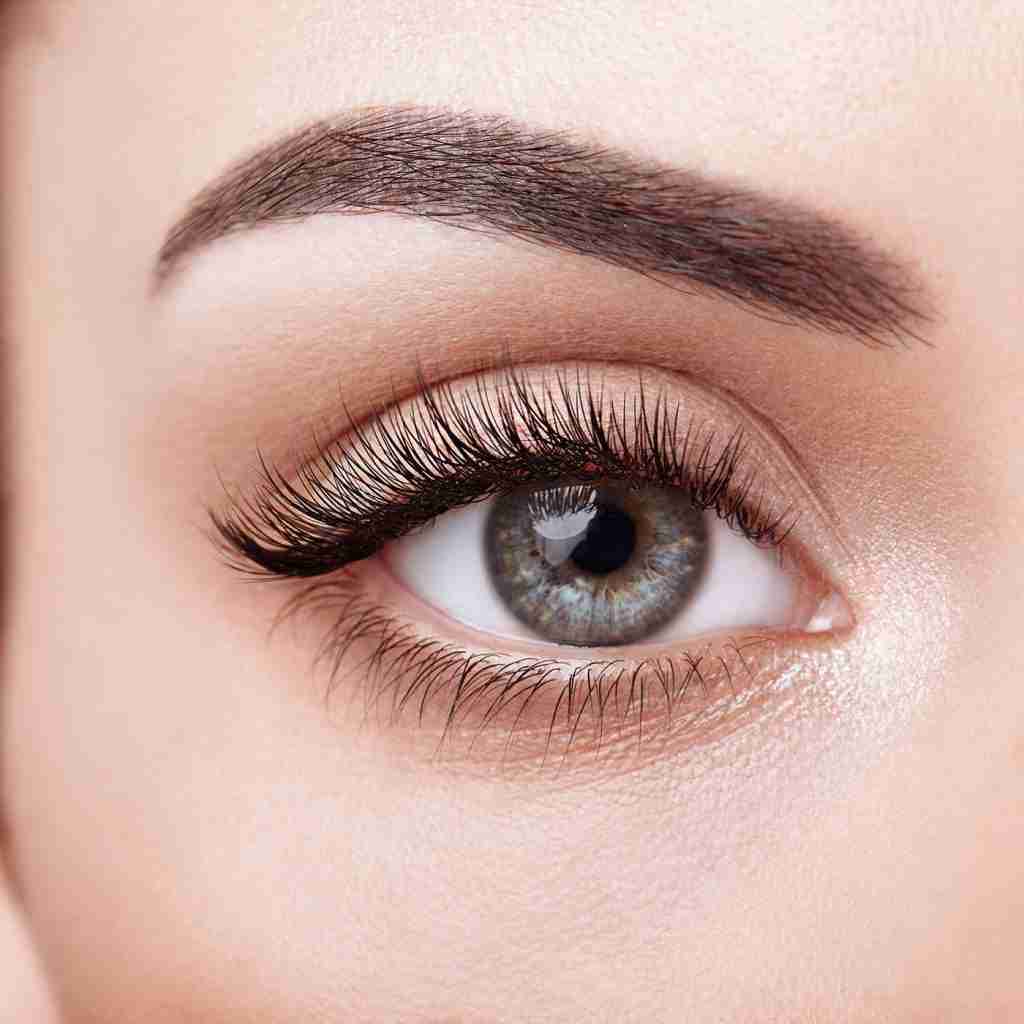Demystifying Permanent Makeup: Why Does It Fade?
Permanent makeup, or cosmetic tattooing, has gained tremendous popularity recently. The process involves implanting pigments into the skin using a tattooing technique, giving the illusion of perfectly applied makeup that can last for an extended period of time. Despite its name, there is a common misconception that permanent makeup will never fade. This blog post aims to shed light on this topic and explain why permanent makeup may eventually fade over time.
Understanding the Term “Permanent”:
The term “permanent” in permanent makeup refers to the fact that the pigments are implanted into the skin using a tattooing method similar to traditional body tattoos. While the ink particles remain in the skin for a long time, it is essential to note that the vibrancy of the colors will gradually fade over time. This fading process is influenced by several factors that we will explore further.
Factors Contributing to Fading:
1. Sun Exposure: Just like with traditional tattoos, exposure to the sun’s ultraviolet (UV) rays can cause the pigments in permanent makeup to fade more quickly. UV rays break down the pigment particles and cause them to disperse, resulting in a lighter makeup appearance.
2. Natural Skin Exfoliation: Our skin goes through a natural exfoliation process, where dead skin cells are shed and replaced with new ones. This turnover of skin cells can impact the longevity of permanent makeup, as it can gradually diminish the presence of pigments in the upper layers of the skin.
3. Pigment Quality: The quality and type of pigments used also play a significant role in fading permanent makeup. Lower-quality pigments may have less staying power and are more prone to discoloration or fading over time. Choosing an experienced and reputable artist who uses high-quality pigments to ensure the best possible results is crucial.
Managing Fading Through Touch-ups:
While permanent makeup does fade over time, it is not a cause for alarm. In fact, the gradual fading can be seen as a benefit for those who want to update or change their makeup style. Additionally, fading can be managed through touch-up sessions. These periodic touch-ups help maintain the desired look by refreshing the pigments and restoring their vibrancy.
Conclusion:
Permanent makeup, despite the name, is not entirely permanent. The term refers to the tattooing technique to implant pigments into the skin. While the pigments stay in the skin for a long time, various factors such as sun exposure, natural skin exfoliation, and pigment quality contribute to their gradual fading. By understanding these factors and staying proactive with touch-up sessions, individuals can easily maintain their desired permanent makeup look.
Remember, permanent makeup is a personal choice, and it is vital to consult with a professional artist who can guide you on the best practices for achieving the look you desire while also ensuring the longevity of your permanent makeup.
Demystifying Permanent Makeup: Why Does It Fade? Read More »




